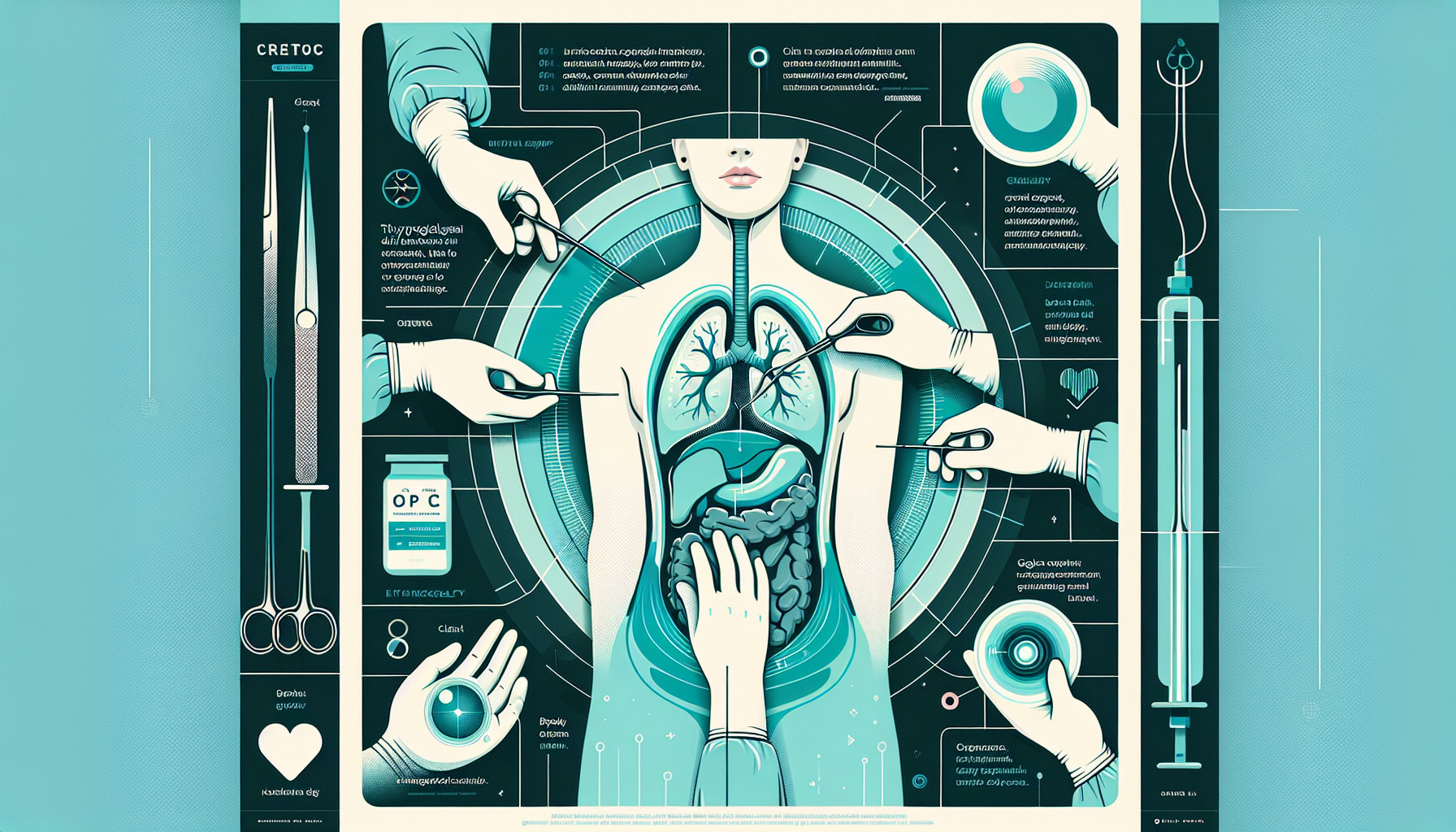Our Summary
This research was conducted to test if a type of cyst, known as thyroglossal duct cyst (TGDC), and its related pathways could be completely removed while preserving a small bone in the neck called the hyoid bone. The study was carried out on 21 patients who were believed to have this type of cyst. The patients were treated by carefully removing the cyst and its pathways, while trying to keep the hyoid bone intact. The hyoid bone was successfully preserved in most cases. In three cases, the patients had multiple pathways which were successfully identified and removed, again while preserving the hyoid bone. The results showed that the complete removal of the cyst and its pathways could be achieved without needing to remove the hyoid bone. This is promising as it might mean fewer complications and no recurrence of the cyst. However, more research is needed to understand the effects of preserving the hyoid bone on swallowing and the space behind the tongue.
FAQs
- What is a thyroglossal duct cyst and how is it removed?
- What is the significance of preserving the hyoid bone during thyroglossal duct cyst removal?
- What are the potential benefits of this new approach to thyroglossal duct cyst removal?
Doctor’s Tip
A doctor may advise the patient that after thyroglossal duct cyst removal, it is important to follow all post-operative instructions provided, including keeping the surgical site clean and dry, taking prescribed medications as directed, and attending follow-up appointments. It is also important to avoid strenuous activities and heavy lifting for a certain period of time to allow for proper healing. If any signs of infection, excessive swelling, or persistent pain occur, the patient should contact their doctor immediately.
Suitable For
Patients who are typically recommended thyroglossal duct cyst removal include those who experience symptoms such as difficulty swallowing, a visible lump in the neck, recurrent infections, pain or discomfort, or changes in voice. Additionally, patients who have an enlarged or infected thyroglossal duct cyst, or those with a history of recurrent infections or complications related to the cyst may also be recommended for removal. Ultimately, the decision to undergo surgery for thyroglossal duct cyst removal will depend on the specific symptoms and medical history of each individual patient.
Timeline
Before Thyroglossal Duct Cyst Removal:
- Patient may experience symptoms such as a painless lump in the neck, difficulty swallowing, or difficulty breathing
- Patient may undergo imaging tests such as ultrasound or CT scan to diagnose the cyst
- Patient may be recommended surgery to remove the cyst if it is causing symptoms or complications
After Thyroglossal Duct Cyst Removal:
- Patient will undergo surgery to remove the cyst and its pathways, while preserving the hyoid bone if possible
- Patient may experience some pain, swelling, and discomfort after surgery
- Patient will be monitored for any complications such as infection or recurrence of the cyst
- Patient will follow up with their healthcare provider for post-operative care and to ensure proper healing
Overall, the removal of a thyroglossal duct cyst involves a surgical procedure that aims to completely remove the cyst and its pathways while preserving important structures in the neck. With proper care and follow-up, patients can expect a successful recovery and resolution of symptoms associated with the cyst.
What to Ask Your Doctor
- What is a thyroglossal duct cyst and why do I need to have it removed?
- What are the risks and complications associated with thyroglossal duct cyst removal surgery?
- How will the surgery be performed and what is the expected recovery time?
- Will the removal of the cyst and its pathways affect my ability to swallow or cause any other long-term issues?
- Is it possible to preserve the hyoid bone during the surgery and what are the potential benefits of doing so?
- What is the likelihood of the cyst recurring after surgery?
- What follow-up care will be needed after the surgery?
- Are there any alternative treatments for thyroglossal duct cyst removal?
- How experienced are you in performing this type of surgery?
- Are there any specific instructions or precautions I should follow before and after the surgery?
Reference
Authors: El-Anwar MW, Nofal AA. Journal: Eur Arch Otorhinolaryngol. 2016 Jun;273(6):1521-6. doi: 10.1007/s00405-015-3624-7. Epub 2015 Apr 10. PMID: 25859938
